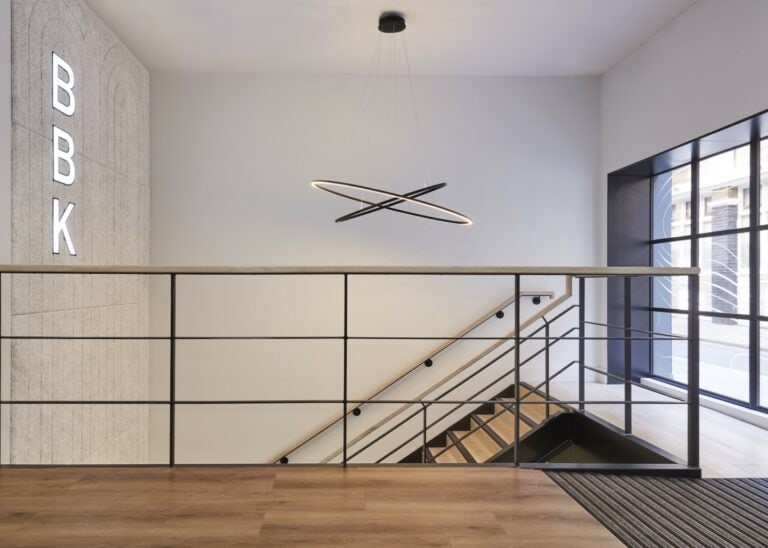Lessons from GermanWings crash?
In an incident with disturbing links to the German Wings crash dozens of military personnel were injured when an RAF transport plane returning to Afghanistan plummeted 4,400 feet in 27 seconds, causing terror and panic to those on board. The co-pilot, who eventually saved the lives of passengers and crew, was out of the cockpit when the incident began.
On Sunday 9 February 2014, 189 passengers and nine crew were five hours into their flight from RAF Brize Norton to Camp Bastion. The Voyager ZZ333 was cruising at FL 330 when the captain dropped his personal camera between his seat-arm rest and his side controller. Shortly afterwards, he adjusted the position of his seat. That caused the side-stick to deflect fully forward, which resulted in the aircraft lurching into a steep descent. It was immediately clear that the aircraft was in serious trouble.
My blog from last November gives a fuller account of the experience of some passengers.
Captain’s “boredom” caused the accident
The Service Inquiry Panel has now concluded its inquiries. It found that the captain, who was alone on the flight deck whilst the co-pilot took a break, was unaware that it was his camera that had caused a pitch down command. On his return the co-pilot, now weightless due to the negative ‘G’ force, eventually succeeded in crossing the cockpit ceiling to get back to his seat, where he was able to pull his side stick fully and regain control. Fortunately, the aircraft landed safely at the Turkish airbase in Incirlik.
The report confirms that the captain had taken 77 photographs during the flight, the last as recently as three minutes and 20 seconds before the incident. The panel commented that if a single person is alone on the flight deck for an extended period of time they can become bored and under-aroused; it was more likely that in this situation the captain would find activities to maintain his general alertness.
That can, and in this case proved, dangerous. The Panel commented that whilst carrying a camera is not specifically prohibited by any rule or regulation, the Voyager Operations Manual clearly states that lone flight crew must refrain from ‘non–relevant duties’. The report author says this “would clearly include…taking photographs” and noted that the use of the camera “represented a complete lack of compliance with the policy regarding non–relevant duties”.
Co-Pilot absent too long
The co-pilot left the flight deck approximately 18 minutes before the incident. Senior training officers told the Panel that a pilot would not normally be expected to be absent from the flight deck for more than about five minutes. Perhaps, if he had been in the flight deck, he could have regained control of the aircraft much sooner.
“Potential loss of 189 of our people”
The report author describes the incident as a “near miss” and highlights that the incident had “the realistic potential for the loss of the aircraft and 189 of our people”.
This incident was clearly avoidable, and occurred as a result of human error.
33 injured
The report were told of 23 passengers and seven crew members who had reported injuries. One passenger suffered an acute stress reaction, and was given oxygen on the aircraft before being taken to Acibadem Hospital in Incirlik.
A team of mental health nurses from RAF Brize Norton were deployed to Incirlik, together with Trauma Risk Management (TRiM) practioners to determine whether individuals felt able to continue with their onwards journey and deploy to Afghanistan.
18 personnel were found to be reluctant to fly on to Afghanistan, and a decision was made to return to the UK. Even so, by boarding time several passengers were exhibiting signs of distress and some needed treatment. 15 required medication before they could board the aircraft. Brize Norton medical staff met the plane on its arrival back home
Over the next 48 hours a number of passengers showed signs of distress and were classified as unsuitable to fly by medical staff. 12 passengers were returned to their home unit for either medical or pastoral reasons and a further 10 passengers were no longer required for duty.
Long term consequences
The Panel has been unable to track injuries that have been reported at home units after the incident took place, but it is clear to us at Bolt Burdon Kemp that there have been serious psychiatric injuries.
I act for several clients who were involved in this horrific ordeal, and who are suffering with severe Post Traumatic Stress Disorder, amongst other injuries. Some are set to lose their military careers. A serious and life-threatening situation, especially one in which one has no control at all over the outcome, can – and often does – result in victims suffering with long lasting conditions such as PTSD.
Safety Recommendations and broader lessons
Several recommendations have been made to enhance Defence Air Safety. These include implementation of a comprehensive strategy to effect a positive change in the safety culture with respect to loose articles on the flight decks. The strategy is to promote awareness of the risks loose articles pose to flight safety, and improve behaviours and accountability.
The report concludes:
“whilst at its heart this incident was caused by the simple and unthinking act of placing a loose article close to the aircraft controls, there are broader lessons to be learnt here”.
I would add, particularly in view of the pressure civilian airlines are under today after the revelation that the co-pilot responsible for the German Wings crash had locked his pilot out of the cockpit, that a priority must be to make it compulsory for there to be two members of staff on the flight deck at all times.
Redress for the victims
The Ministry of Defence owes the same duty of care to air passengers as any other British employer and/or airline company. Some aviation accidents are subject to the rules of international Conventions and, therefore, shorter time limits apply even than to the standard claims under English law.










